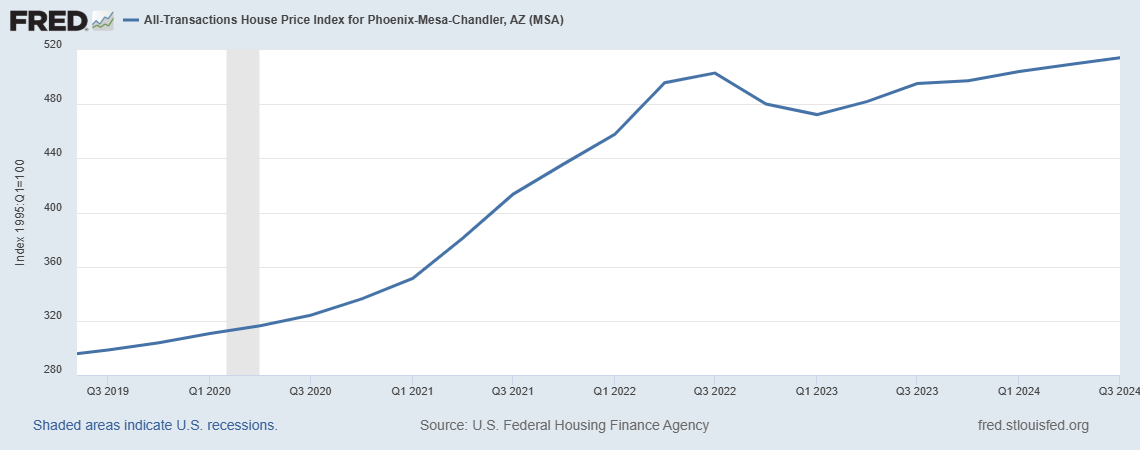As an economist and realtor, staying updated on the state of the U.S. economy is vital. These key indicators and trends show how the U.S. economy is faring.
The health of the economy is measured by Gross Domestic Product (GDP.) Economists use GDP, among other measures, to assess the economy's health. GDP is the monetary value of all goods and services generated in the previous year. They compare the annualized GDP growth rate from quarter to quarter.
The ideal GDP growth rate is between 2% and 3%. When the expansion rate goes over this limit of 3%, itmay overhaeet, triggering inflation. Conversely, the economy head towards contraction when growth crawls at a pace of less than 2%. If growth is negative, the economy may experience a recession.
Unemployment Rate Remains Low
The unemployment rate in June 2025 was 4.1%, which has remained consistently low throughout the year. (Source: U.S. Bureau of Labor Statistics) By historical standards, this rate is low. It shows a strong labor market and robust economic activity.
The job rate in the manufacturing sector is a key indicator. When businesses start laying off employees, it may signal that a recession is about to hit. The industrial sector of the economy lost 1.3 million jobs in April 2020. Since then, manufacturing employment has increased steadily and is now marginally higher than it was before the pandemic.
Unemployment is a lagging indicator. As such, it can be used to validate trends. Before laying off employees, businesses typically wait until the recession is well unHderway. It takes time to reduce the unemployment rate, even if hundreds of thousands of new jobs have been generated.
Steady Growth in Gross Domestic Product (GDP)
Real gross domestic product (GDP), which measures the overall economic performance, contracted by 2.5% in the first quarter of 2025. This had many people worried about a recession, defined as two quarters of negative GDP growth. However, the reason for the contraction was a rise in imports. Many companies moved their shipments ahead from international sources in anticipation of President Donald Trump's proposed tariffs.
Interest Rates Remain Stable
The federal funds rate target range is significant because it sets the tone for most other interest rates. The yield on the 10-year Treasury note is the second most important rate. It directs fixed-rate loans such as 15-year and 30-year mortgages.
At the latest FOMC meeting on June 18, 2025, the Fed kept the fed funds rate at its target range of between 5.00% and 4.25%. The current fed funds rate indicates the Federal Reserve’s proactive approach to combat rising inflation and ensure sustainable economic growth.
Rising interest rates affect borrowing costs for businesses and consumers, influencing spending and investment decisions.
The Fed wants inflation to move at a rate of only 2% in the long term.
Inflation Remains a Concern
According to the Consumer Price Index (CPI), prices on all items increased by 2.7% over the last twelve months as the cost of tariffs have started to trickle into the economy. The core inflation rate was 2.9%. The Core CPI excludes volatile gas and food prices. It is a more stable measure of inflation.which excludes volativ (Source: U.S. Bureau of Labor Statistics, Consumer Price Index Summary.")
The Fed prefers to use the PCE Price Index, which reports a little later than the CPI. The Fed's economists deems that this a more accurate picture of consumers’ spending habits. The PCE index reported core inflation at 2.7% for May 2025. (Source: Bureau of Economic Analysis, "Personal Income aand Outlays, May 2025.")
The Federal Reserve closely monitors inflation rates to gauge economic stability. It prefers to see a moderate level of inflation of around 2%. This moderate level is healthy for the economy, since it encourages shoppers to buy now instead of later when prices might be higher. A rated higher than that could erode purchasing power and make basic items unaffordable, especially if wages don't keep pace.
What This Means for Real Estate
The economy remains strong, despite the negative GDP report. Unemployment remains at historically low levels. Inflation, which is a signal of strong buying patterns, remains slightly elevated. As long a Q2 GDP rebounds, then there is little immediate threat of recession. Since inflation is higher than the Fed would like, it is probably not going to lower interest rates in the near future. As a result, many buyers are waiting for interest rates to drop before buying a new home.




